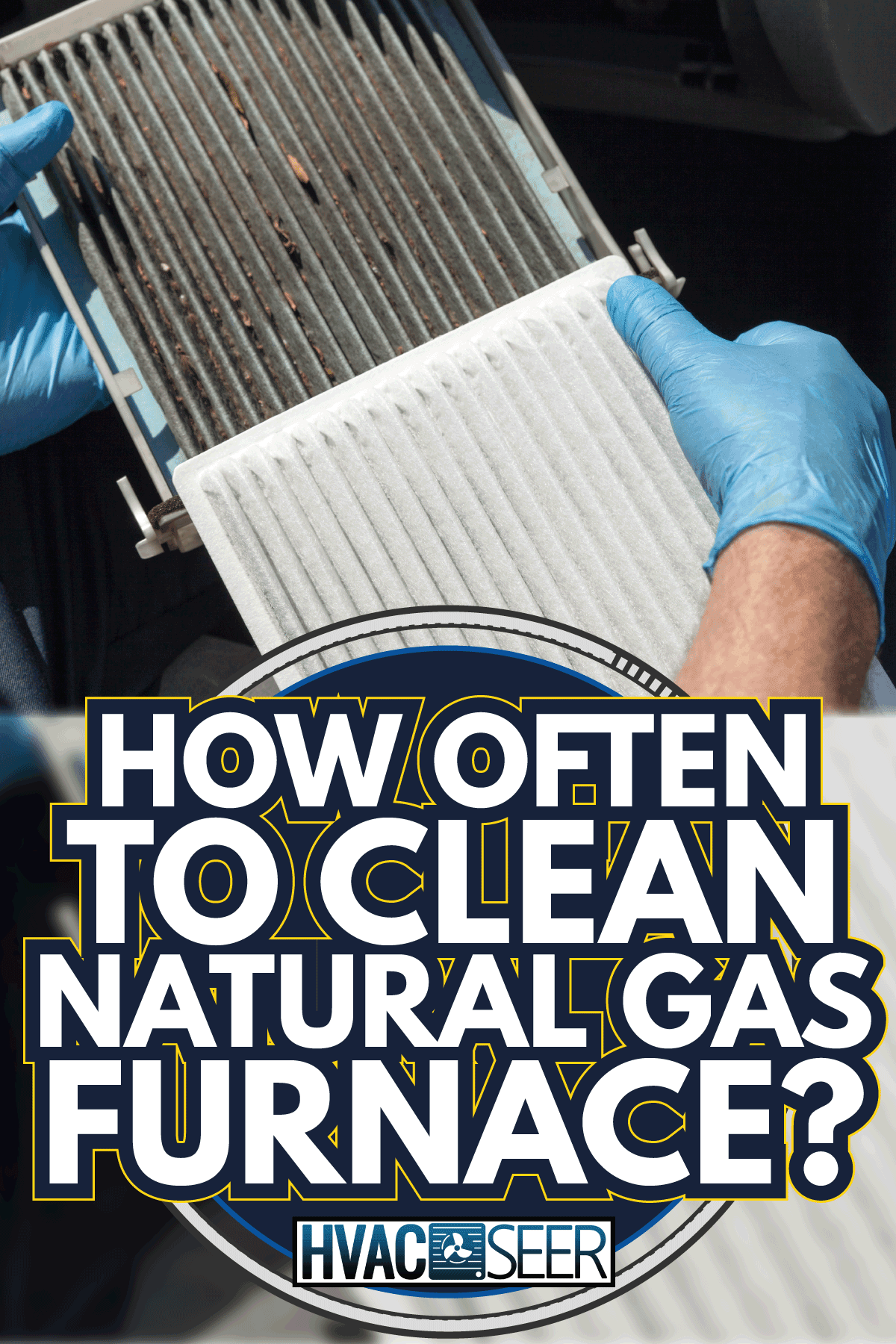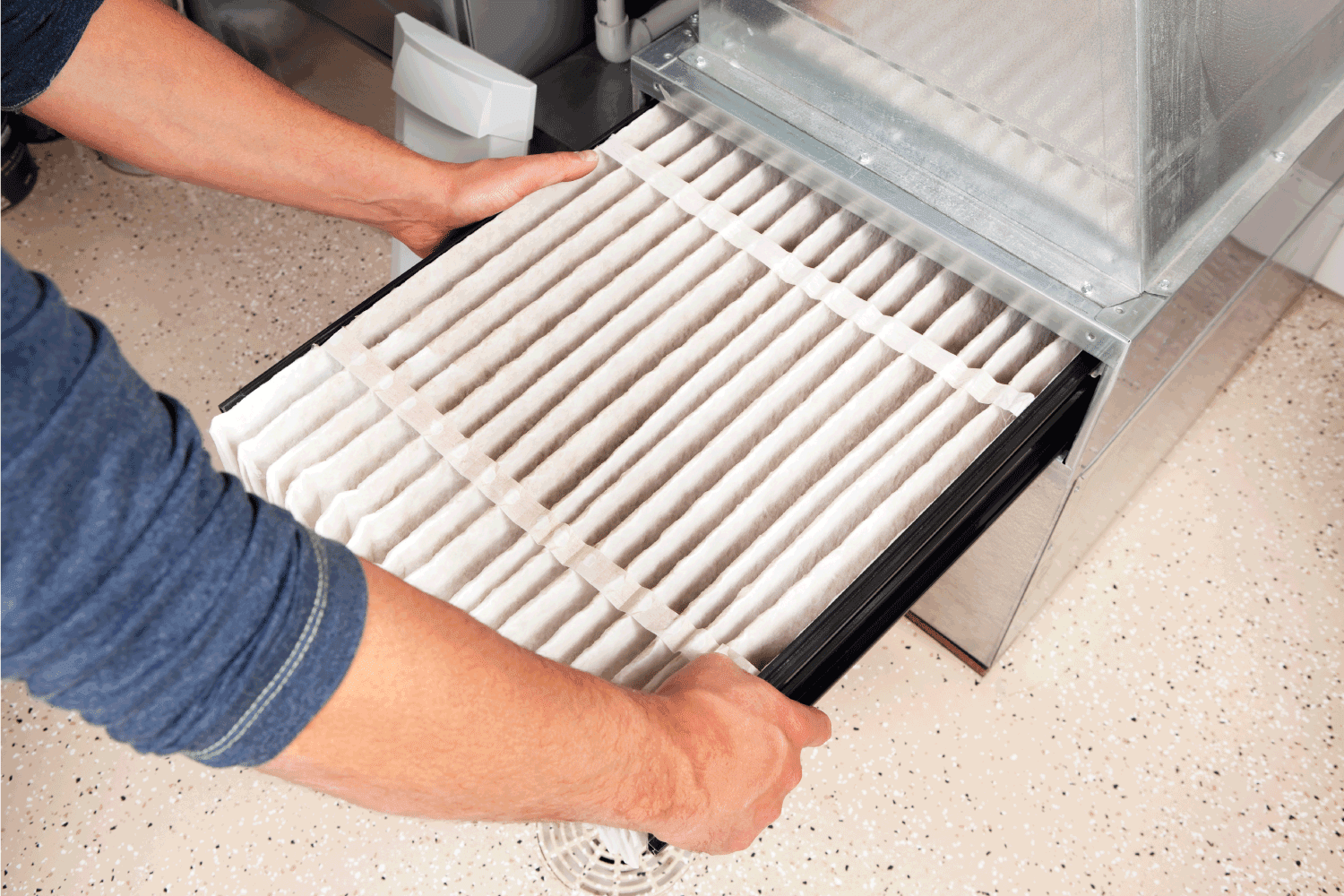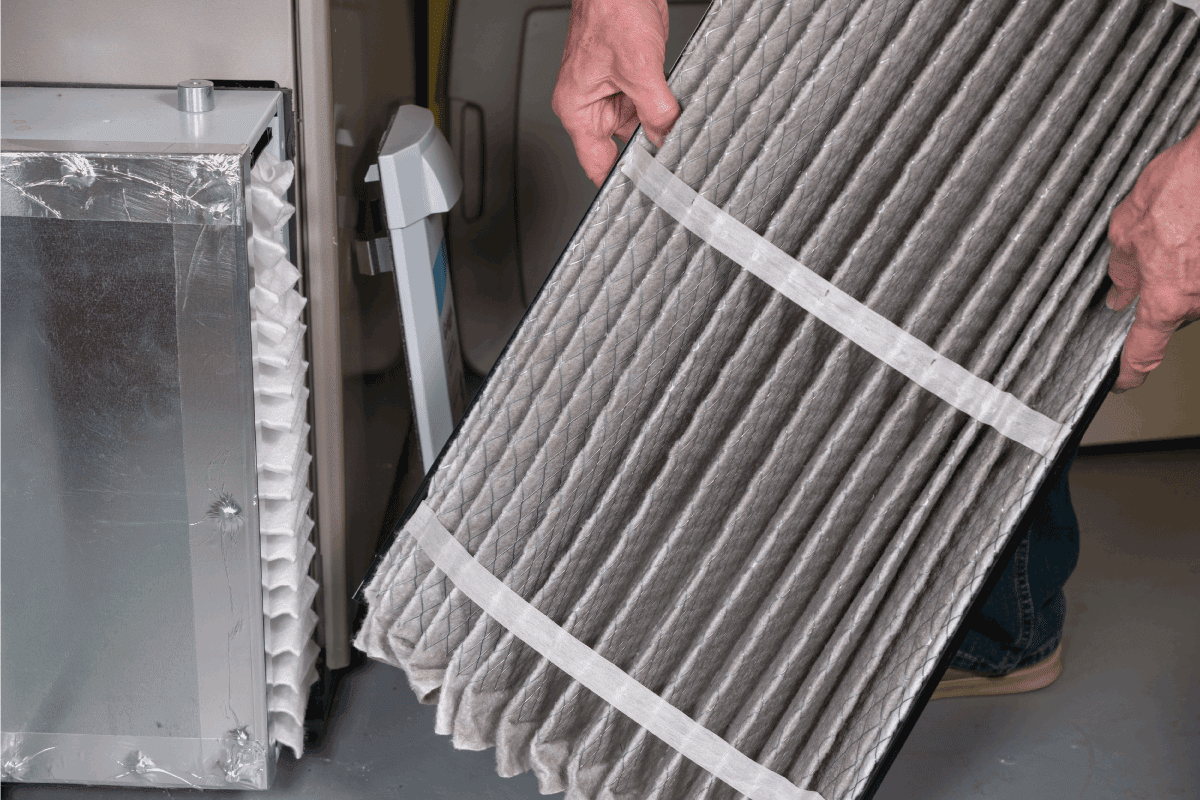Regardless of your furnace's brand or model, doing a cleaning either by yourself or a qualified HVAC technician is essential to its longevity. But how often should you clean a natural gas furnace? And how do you go about doing it? We have researched the answer to these inquiries, and in this post, we will go over them.
A natural gas furnace should be serviced or maintained at least once every year. If you're able to service your furnace twice a year, that's even better. It's best to have the furnace serviced during the spring or fall seasons when temperatures change more drastically.
Furnaces, due to their function and locations, are easily susceptible to dirt, soot, and dust. Keep reading to learn how to maintain your home's furnace.

How do I know if my furnace needs to be cleaned?
The most common signs that a furnace is due for cleaning tend to happen while the furnace is in use. So if you notice strange noises, operations, or smells coming from the unit, this could be a sign that it's due for a cleaning.

Cycling on and off more often than usual
One of the biggest signs of a compressor running too hard is when the thermostat cycles on and off repeatedly. This is known as short-cycling, and it may start with the unit shutting on and off every 10 minutes, then reducing to every 5 minutes.
This is often due to air blockages from dirty air filters or vent ducts. So if you experience this problem, try replacing your air filter or calling an HVAC technician to perform an inspection.
The unit seems noisier
A noisy furnace can be the result of a number of different issues. The issues can also be caused by compromised vent ducts, a loose fan belt, or a compressor that is starting to burn out.
If you hear a very loud bang that sounds like a mini-explosion every time the furnace powers on, it's best to call an HVAC technician as soon as possible. This is usually a sign of ignition or gas supply issues with the furnace, and it could be hazardous.
The energy bills are getting higher
A furnace that needs maintenance may be working harder due to clogged components, airways, or a dirty heat exchanger. Often, you'll see your energy bills rise as a result of this.
If you notice that your gas bill is suddenly higher in the winter, the chances are that the furnace is overworking and staying on longer due to maintenance needs. Take a look at the last maintenance job that the furnace received, and schedule a new one if it's been over a year.
Inconsistent temperatures
Another sign that your furnace may need a maintenance check is if you notice that there is a great temperature variance from what the thermostat shows and the actual temperature in the home. Keep in mind that this could also mean that the thermostat is faulty and in need of replacement.
And if you suspect that this is the issue, try replacing the thermostat to see if it solves the problem. If not, scheduling a maintenance check-up for the furnace may be best.
Excessive dust in your home
Another tell-tale sign that your furnace needs maintenance is the accumulation of excessive dust around the furnace's location or the entire home. More likely than not, this results from a dirty air filter, air ducts, or heat exchanger. Note that this can be a hazardous condition and make it especially uncomfortable for anyone suffering from respiratory issues such as asthma.
What kind of maintenance does a gas furnace need?
The specific type of maintenance that a furnace will need will depend on its make and model. However, there are general maintenance requirements that can be applied to most gas furnaces. Let's take a look at them.
Removing debris from the various furnace surfaces
When a technician comes to do a maintenance job on your furnace, they'll typically start by using a vacuum to clean out any dust from the inside of the heat exchanger, on the unit's exterior, and around the vents. They should also vacuum the furnace's burners and the area around the blower door and motor to remove any debris, soot, and dirt build-up.
Blower inspection
A blower inspection is one of the most important parts of a maintenance check-up. When the blower goes out, the furnace will not operate—so keeping it clean is crucial.
Over time blowers can become riddled with dirt and debris from everyday usage. The technician should remove the control panel, vacuum the blower area, and test it for functionality.
Inspecting and cleaning the pilot and flame sensor
HVAC technicians will dust off the pilot with a piece of sandpaper or a mini wire brush. Doing so will prevent the pilot from giving a false reading, especially in furnaces that are over seven years old.
The same thing goes for the flame sensor. Over time, the sensor can become covered with soot and dirt. You can even clean this part yourself with an emery cloth.
Check out this emery cloth on Amazon.
Drive belt inspection
Another component that the technician will inspect and replace if necessary is the drive belt. The drive belt is located on the motor, and it may crack or become frayed over time.
Replacing the belt is fairly inexpensive, which means the cost for the technician to do it should be low, and you can purchase a new one for about $10.
Add lube to the motor and bearings
Due to the dry, hot air surrounding the interior and exterior of the furnace, it's normal for the components to dry out. And while they're built to withstand dry, hot temperatures, they can do so prematurely.
A technician will typically lubricate the blower motor and the shaft bearings in the unit. This will ensure that the parts continue to run smoothly.
Air filter replacement
And, of course, no furnace maintenance plan is complete without an air filter change. Keep in mind that your air filters should be replaced every 2 to 3 months to protect your furnace from overheating and aging prematurely. It also helps to write the change date on the new air filter to help stay on top of the next replacement date.
How do you clean a natural gas furnace?
Cleaning a gas furnace is surprisingly very simple and similar to cleaning an electrical one. However, there are a few additional steps. Here's how to do it.
Things you'll need:
- New air filter
- Stiff wire brush or toothbrush
- Damp cleaning cloth
- Vacuum cleaner or wet/dry vac
- Wrench
- Emery cloth or fine-grit sandpaper
- Phillips-head screwdriver
- Flathead screwdriver
1. Turn off the furnace at the thermostat
Then go to the unit itself and turn off the gas by turning the valve to the "Off" position. After turning off the gas, wait about 10 to 15 minutes for any remaining gas to dissipate before you begin cleaning the unit.
2. Clean the interior with a wet/dry vac
Remove the front panel to access the inside of the furnace. Next, take your vacuum or wet/dry vac and go over the floor of the heat exchanger, control panel, and around the blower. Be sure to lift the blower door and give the compartment a good vacuum.
Read more details about this wet dry vac on Amazon.
3. Remove and clean the blower
Then, take your screwdriver and remove the screws holding the panel of the blower together. Remove the blower with the socket wrench and then clean it using the wire brush and wet vac. You may also want to take the damp cloth and wipe down the fan blades.
4. Clean off the flame sensor
Next, take your emery cloth and go over the flame sensor. To do this, fold the cloth over the sides of the sensor and slide it back and forth as if you are shining your shoes.
5. Replace the filter
Pull out the existing air filter and replace it if it is brown or clogged with dirt.
6. Inspect the drive belt
Next, inspect the blower belt for signs of fraying or cracks. If it has any visible damage, find a replacement for it or contact an HVAC technician to replace it for you.
How many years does a gas furnace last?
On average, a good gas furnace lasts anywhere from 10 to 30 years.
How much should a furnace cleaning cost?
An annual cleaning can cost anywhere from $75 to $300 or more. The cost factors include the type and size of your furnace, its location, and your location.

Wrapping Things Up
Scheduling a yearly maintenance plan is the best way to prevent your furnace from aging prematurely or experiencing preventable component malfunctions. We hope that this post has been helpful in illustrating how to maintain your furnace and all of the steps involved.


